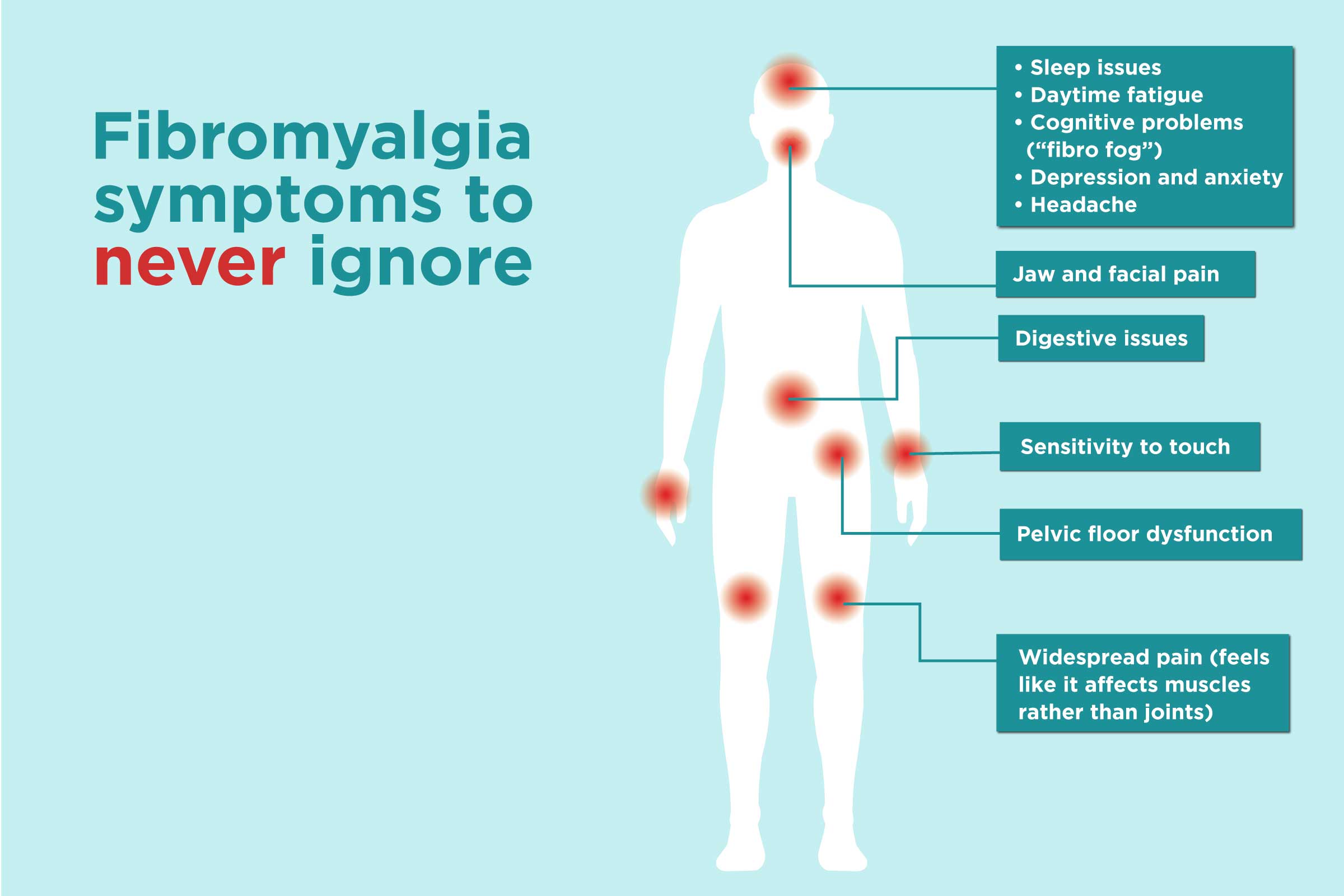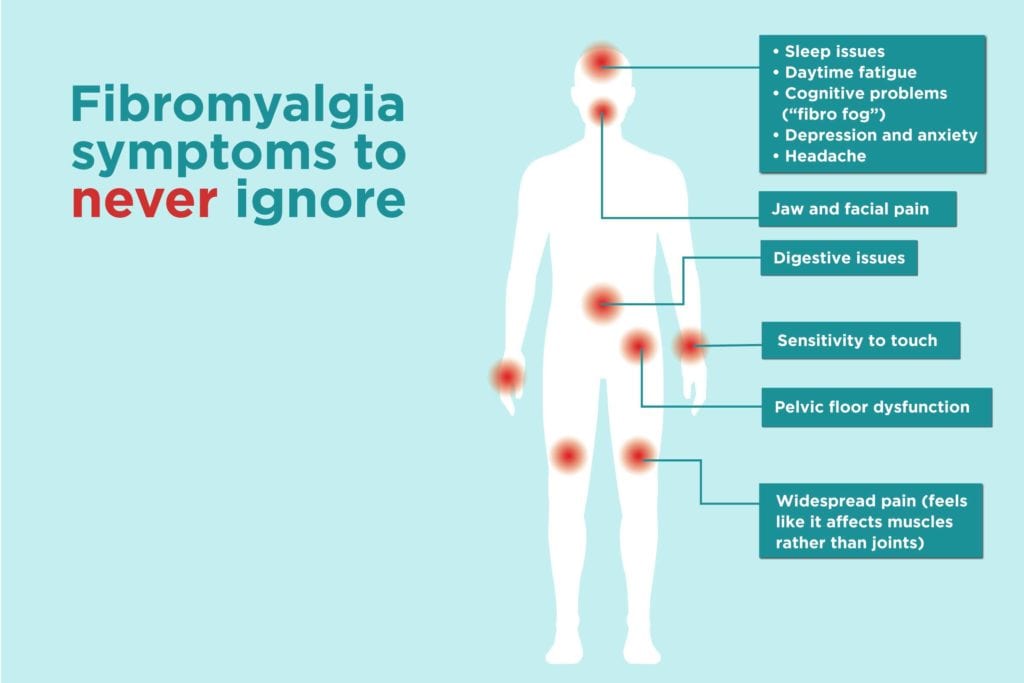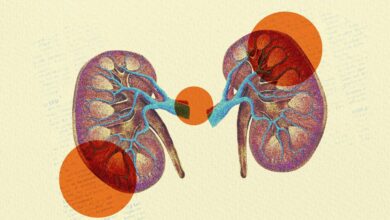
What Does Strep Feel Like: Unveiling the Pain
Strep feels like a sore throat with difficulty swallowing and swollen tonsils. Strep throat is a bacterial infection that primarily affects the throat and tonsils.
It is caused by the group A Streptococcus bacteria and is highly contagious. The most common symptoms of strep throat include a sore throat, difficulty swallowing, and swollen tonsils with white or yellow spots. Other symptoms may include fever, headache, stomachache, and red and swollen throat.
Strep throat can be painful and uncomfortable, making it difficult to eat and talk. If left untreated, it can lead to complications such as rheumatic fever or kidney inflammation. It is important to seek medical attention and get tested for strep throat if you experience these symptoms. Treatment usually involves antibiotics to help alleviate the symptoms and prevent the spread of the infection.

Credit: www.womenshealthmag.com
Common Symptoms Of Strep
If you’ve ever had strep throat, you know how uncomfortable and painful it can be. Strep throat is a bacterial infection that primarily affects the throat and tonsils. It is highly contagious and commonly occurs in children, but adults can also be affected. Recognizing the symptoms of strep throat is essential for early diagnosis and prompt treatment. Let’s take a closer look at the most common symptoms of strep throat:
Throat Pain
One of the initial signs of strep throat is a sore throat. The pain usually occurs suddenly and can be severe. You may feel a constant scratchy or raw sensation in your throat, making it uncomfortable to swallow or talk.
Swollen Tonsils
Another characteristic symptom of strep throat is swollen tonsils. Your tonsils may appear red and enlarged, and you may notice white or yellow spots or patches on them. The swelling of the tonsils can make it difficult to breathe or swallow.
Difficulty Swallowing
Difficulty swallowing, also known as dysphagia, is a common symptom of strep throat. The pain and inflammation in your throat can make it painful to swallow food and liquids. This can lead to decreased appetite and dehydration if not addressed.
Fever And Chills
A high fever is often present in cases of strep throat. You may experience chills, body aches, and fatigue. The fever can range from mild to severe, and it typically lasts for several days.
Headache
Headaches are a common symptom of many illnesses, including strep throat. The headache associated with strep throat can be mild to moderate in intensity. It may be accompanied by neck pain or stiffness.

Credit: www.prevention.com
Less Common Symptoms
When it comes to strep throat, there are some less common symptoms that often go unnoticed. While a sore throat and fever are the primary signs, it’s important to be aware of these other potential indicators. Understanding the less common symptoms of strep throat can help you recognize the condition and seek appropriate treatment.
Rash
A rash is an uncommon symptom of strep throat but can occur in some cases. It typically manifests as small, red dots on the skin and may be accompanied by itching. If you notice a rash developing along with other symptoms of strep throat, it’s essential to consult a healthcare professional for an accurate diagnosis.
Nausea And Vomiting
Nausea and vomiting are less frequent but possible symptoms of strep throat. If you experience persistent feelings of nausea or bouts of vomiting alongside a sore throat and fever, it could indicate a strep infection. Seeking medical attention is crucial to address the underlying cause of these symptoms.
White Patches In The Throat
White patches in the throat are another atypical sign of strep throat. These patches may appear on the tonsils or the back of the throat, often accompanied by discomfort or difficulty swallowing. If you observe white spots in your throat, it’s important to see a healthcare provider for an evaluation and appropriate treatment.
Swollen Lymph Nodes
Swollen lymph nodes in the neck are a less common yet possible indication of strep throat. When the body’s immune system reacts to a strep infection, the lymph nodes may become enlarged and tender to the touch. If you notice swelling in your neck, especially with other symptoms, it’s advisable to seek medical advice for a comprehensive assessment.
Complications Of Strep
Strep throat can cause various complications, ranging from sinusitis and tonsillitis to ear infections and scarlet fever. Symptoms of strep include a sore throat, high fever, difficulty swallowing, and swollen tonsils. Seeking prompt medical treatment is crucial to manage and prevent potential complications.
Strep throat can lead to various complications if left untreated or not managed properly. These complications can affect different parts of the body, leading to more serious health issues. It is crucial to be aware of these potential complications to ensure timely intervention and treatment.
Rheumatic Fever
Rheumatic fever is a rare but serious inflammatory condition that can develop as a complication of untreated Strep throat. It affects the heart, joints, skin, and brain, leading to long-term damage if not promptly addressed.
Scarlet Fever
Scarlet fever is characterized by a bright red rash, high fever, and sore throat. It is caused by certain strains of the Strep bacteria releasing toxins into the body. Prompt treatment with antibiotics is essential to prevent further complications.
Kidney Infection
Strep throat can also progress to a kidney infection if the bacteria spread to the kidneys. Symptoms may include back pain, fever, and urinary problems. Timely diagnosis and treatment are crucial to prevent long-term kidney damage.
Sinusitis
Sinusitis, or sinus infection, can occur as a complication of Strep throat when the bacteria spread to the sinus cavities. This can lead to facial pain, nasal congestion, and difficulty breathing. Proper management of Strep throat can help prevent sinusitis.

Credit: creakyjoints.org
How To Differentiate Strep From Other Infections
Strep throat can often be confused with other common infections, such as the flu, common cold, tonsillitis, and mononucleosis. Understanding the key differences can help in accurate diagnosis and treatment.
Flu
Flu symptoms typically include fever, body aches, and respiratory issues. Strep, on the other hand, presents with throat pain and swollen tonsils, but without respiratory symptoms.
Common Cold
The common cold usually involves nasal congestion and runny nose, whereas strep primarily exhibits sore throat, fever, and difficulty swallowing.
Tonsillitis
Tonsillitis may show similar symptoms to strep, like sore throat and fever, but in tonsillitis, the symptoms are usually milder and can be caused by both bacterial and viral infections.
Mononucleosis
Mono, also known as infectious mononucleosis, shares some similarities with strep in terms of throat symptoms and fever, but mono often presents with extreme fatigue and enlarged lymph nodes.
Seeking Medical Help For Strep
Diagnosis
When it comes to diagnosing strep throat, a healthcare provider will conduct a physical examination and may perform a rapid strep test or throat culture to confirm the presence of Group A Streptococcus bacteria.
Treatment
If the test results confirm strep throat, antibiotics are commonly prescribed to treat the infection and alleviate symptoms. It’s crucial to complete the full course of antibiotics to prevent complications and minimize the spread of the infection.
Prevention Tips
Preventing the spread of strep throat involves practicing good hygiene, such as frequently washing hands, avoiding close contact with individuals who have the infection, and refraining from sharing personal items like utensils or drinking cups.
Frequently Asked Questions On What Does Strep Feel Like
What Does Strep Feel Like At First?
Strep feels like a sore throat with pain, difficulty swallowing, and swollen tonsils. Other symptoms may include fever, headache, rash, and fatigue. It’s important to seek medical attention for accurate diagnosis and appropriate treatment.
What Are 5 Symptoms Of Strep Throat?
The common symptoms of strep throat include sore throat, difficulty swallowing, fever, swollen lymph nodes, and white patches on the tonsils. It is important to seek medical attention if you experience these symptoms.
Does Strep Throat Go Away On Its Own?
Strep throat typically requires treatment with antibiotics to fully resolve. It does not usually go away on its own.
How Do I Check Myself For Strep Throat?
To check for strep throat, examine your throat for white patches or redness. You can also experience symptoms like sore throat, fever, or swollen tonsils. Get a rapid strep test or throat culture from a healthcare provider for confirmation.
Conclusion
To sum up, the symptoms and sensations associated with strep throat can vary from person to person. It’s crucial to seek medical attention if you suspect you have strep throat. By understanding the signs and symptoms, you can take proactive steps to manage the condition and prevent its spread to others.



